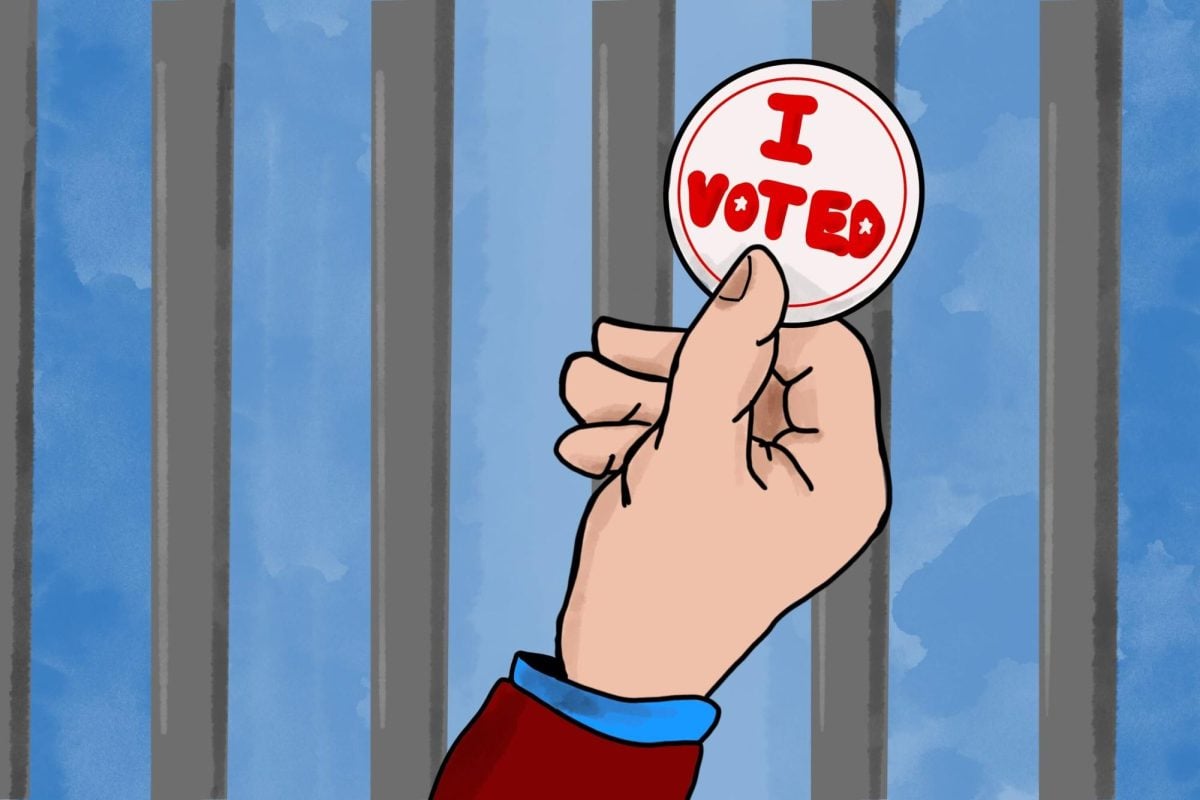Commonwealth Edison will begin inspecting Evanston manholes and utility poles in the coming months as part of a $2.6 billion statewide power grid overhaul, a top ComEd official told The Daily on Wednesday.
Workers from ComEd will arrive in Evanston before the end of March to start inspecting 312 manholes and 1,200 utility poles in the city, said Mike McMahan, the company’s vice president of Smart Grid and Technology.
Inspections will continue throughout 2012, McMahan added.
Later this year ComEd plans to install two automated devices containing a new self-repairing feature that can potentially restore power if disruptions, such as a fallen tree on a power wire, are cleared out. Until then, ComEd workers must manually fix all disruptions.
“Those devices may not be in the geographic footprint of Evanston, but it will impact Evanston because it is a circuit that feeds the city,” McMahan said. “We want those up before the summer.”
ComEd plans to spend $32 million this year and $150 million over the next several years to install the new automated devices across Illinois.
Dave Stoneback, the city’s utilities director, said the work in Evanston is “needed.”
“We’ve had some problem areas that were highlighted during the heavy wind storms last summer, and we’ve been meeting with ComEd to try to rectify that situation,” Stoneback said.
Those storms in June knocked down more than 100 power lines in Evanston and caused power outages for 700,000 ComEd customers across the state – including several Northwestern buildings.
“This is going to greatly shorten the duration of power outages in Evanston,” Stoneback added.
According to March estimates that ComEd provided to Stoneback, the utility company plans to inspect 410 manholes, replace five miles of underground cables and install 25 automated devices in Evanston over the next several years.
These local efforts are part of a larger $233 million ComEd program for 2012 to upgrade infrastructure. This money is an addendum to the $2.6 billion plan to overhaul the current Illinois power system by creating a technologically advanced smart grid, as delineated by a controversial bill that Illinois Gov. Pat Quinn signed last year.
McMahan called the multi-year plan “the most substantial in the history of Illinois,” funded by “substantial spending that we haven’t seen before.”
“We expect the smart-grid buildout to serve as a cornerstone for the Chicago area to be a green center,” he said. “We put our skin in the game for this first-of-its-kind-in-the-nation reliability reforms.”
A large portion of the additional 2012 funds will be spent installing 130,000 smart meters across the state. Smart meters are digital energy readers that allow two-way communication between the meter and ComEd’s central control center.
“We will know the voltage of that device and analyze it remotely,” McMahan said. “We won’t have to send out meter readers anymore to each individual building.”
The full plan calls for $1.3 billion of infrastructure improvements and $1.3 billion to develop and install a new smart grid in the state.
Overall, the plan will create 2,400 jobs in Chicago.
ComEd Chief Exective Anne Pramaggiore and Chicago Mayor Rahm Emanuel announced during a press conference last week that two out-of-state businesses will open office in Illinois and hire workers in the future. Approximately 350 to 400 workers will be hired directly by ComEd in 2012.
Although the overall smart meter plan is expected to be completed in 10 years, most of the other improvements are expected to finish by 2017.












